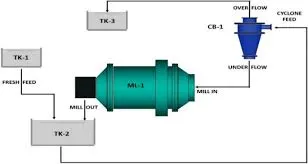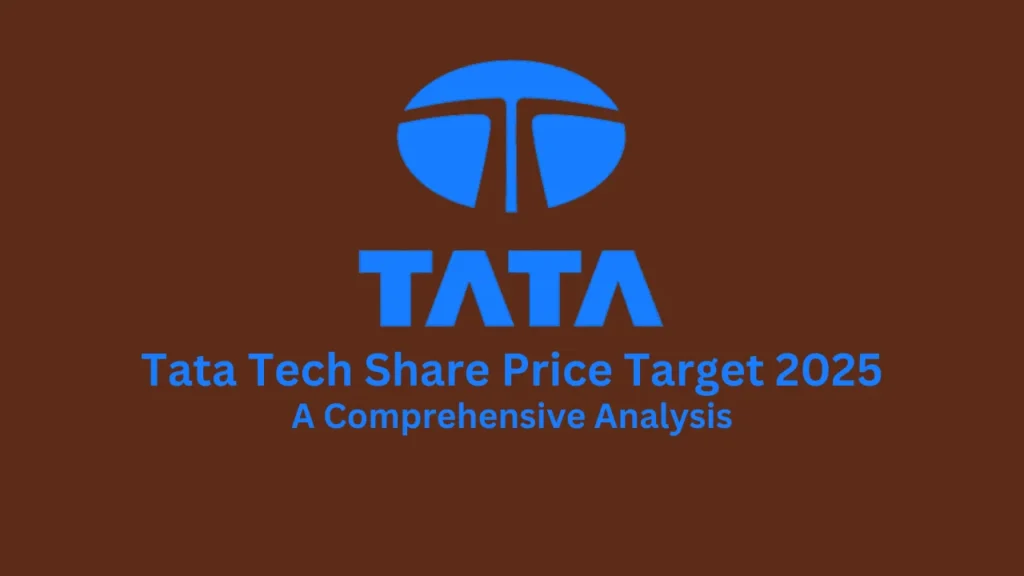In cement manufacturing, grinding technology plays a major role in both operational efficiency and cost structure. Among all types of grinding equipment, the ball mill remains one of the most widely used and recognized machines across cement plants. However, its popularity doesn’t come without a price.
Understanding the true cost of operating a ball mill is essential for plant managers, engineers, and procurement teams looking to optimize expenses and improve energy efficiency. In 2024, as cement producers tighten budgets and aim for leaner operations, breaking down the main cost components of a ball mill has never been more relevant.
In this post, we’ll give you a detailed breakdown of the three biggest cost drivers of ball mill operation—power consumption, wear parts, and labor—and explore how leading-edge alternatives like the Tongli vertical roller mill, offered by Cementl, are helping manufacturers gain a competitive edge.
Why Operating Cost Matters
While purchasing a ball mill requires a substantial initial investment, ongoing operational costs make up the majority of the total lifecycle expense. For many cement plants, energy and maintenance-related costs account for more than 70% of total grinding expenses.
That’s why understanding exactly where the money goes is the first step in improving overall plant profitability.
1. Power Consumption (Up to 65% of Operating Cost)
One of the largest contributors to ball mill operating costs is electricity. Ball mills are known to be energy-intensive, especially when used for fine grinding applications such as finishing cement or processing cement raw materials.
Average Power Use in 2024:
- Ball mills typically consume 25–35 kWh per ton of cement produced.
- Plants processing more than 100 tons/hour could spend over $1 million/year on electricity alone.
Why so high?
The mill requires power to rotate the cylinder, lift the grinding media, and overcome internal friction. If the system isn’t well optimized, a large portion of this energy gets lost as heat and vibration.
Alternative Solution:
Newer systems like the Tongli vertical roller mill, sold by Cementl, offer up to 40% energy savings. These mills operate at lower grinding speeds and use pressure instead of impact, significantly reducing power draw.
2. Wear Parts & Maintenance (20–25% of Cost)
Ball mills rely on several components that wear out over time:
- Liners (protect the inner shell)
- Grinding media (steel balls)
- Bearings and gears
- Seals and lubrication systems
2024 Cost Estimates:
- Liner replacement: $10,000–$30,000 depending on size and material.
- Grinding media replenishment: $50–$100 per ton of balls annually.
- Unscheduled maintenance: Downtime due to unplanned repairs can cost $5,000–$10,000/day.
Poor maintenance routines or delayed part replacements can lead to unscheduled downtimes, which are both expensive and disruptive.
Pro Tip:
Cementl ball mills come with optional remote diagnostic tools and predictive maintenance features, helping engineers schedule part replacements before failures occur.
3. Labor & Operational Oversight (10–15% of Cost)
Unlike automated systems, ball mills require:
- Continuous monitoring
- Manual adjustments to feed rate and rotation speed
- Regular inspections and part replacement by skilled labor
In 2024, with rising wages and labor shortages in many regions, labor has become an increasingly relevant cost factor.
Labor Cost Snapshot:
- 2–3 operators per shift
- 1–2 maintenance technicians weekly
- Training costs and turnover management
This hands-on nature makes the ball mill less attractive for plants aiming to automate more processes and reduce human error.
Comparing Costs: Ball Mill vs. Tongli Vertical Roller Mill
| Cost Area | Ball Mill | Tongli Vertical Roller Mill (Cementl) |
| Power Consumption | High (25–35 kWh/ton) | Lower (15–20 kWh/ton) |
| Wear Part Cost | High (frequent replacements) | Low (less friction & impact wear) |
| Labor/Monitoring | High (manual control needed) | Lower (automated, remote monitoring) |
| Downtime Risk | Medium to High | Low (predictive maintenance) |
| Overall Efficiency | Medium | High |
Plants that have upgraded to Tongli vertical roller mills through Cementl have reported an average 25–30% reduction in total grinding costs—a significant competitive advantage in today’s margin-conscious environment.
Final Thoughts
Ball mills continue to serve the cement industry with their proven reliability and versatility. However, their operating costs in 2024—dominated by power usage, wear part replacement, and labor—can quickly add up.
That’s why many forward-thinking cement manufacturers are evaluating more energy-efficient alternatives like the Tongli vertical roller mill, now available through Cementl.
Whether you’re looking to optimize your existing ball mill or explore hybrid grinding systems, understanding your operational cost structure is the key to long-term success.



